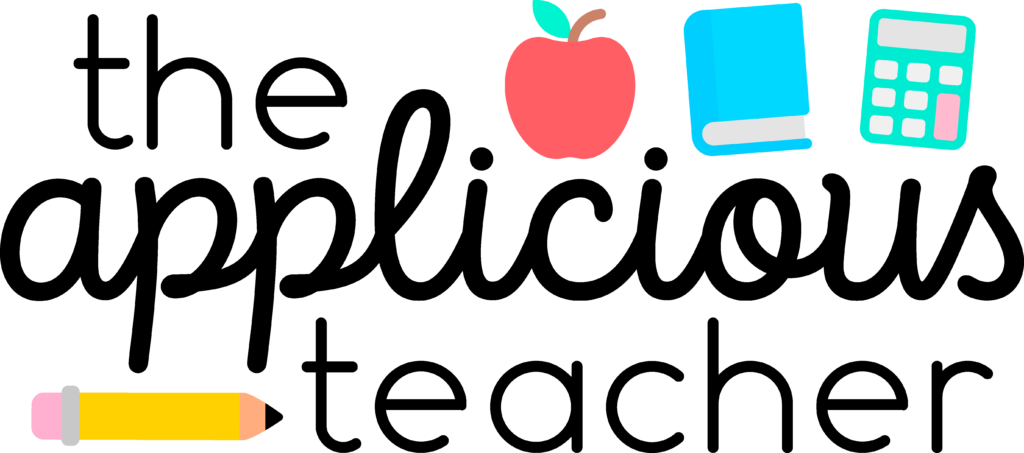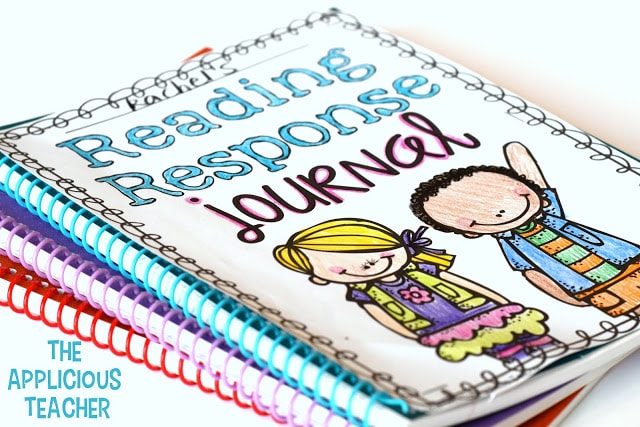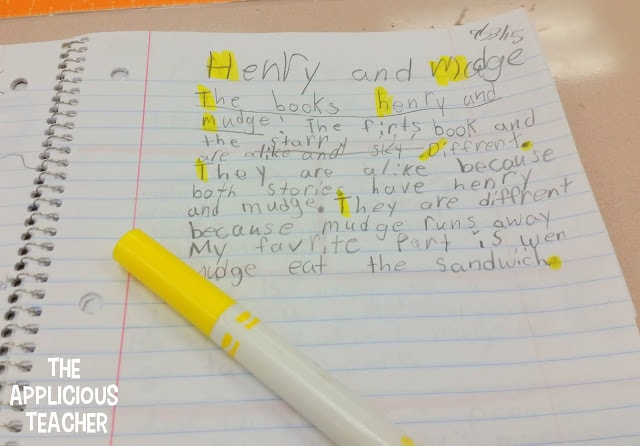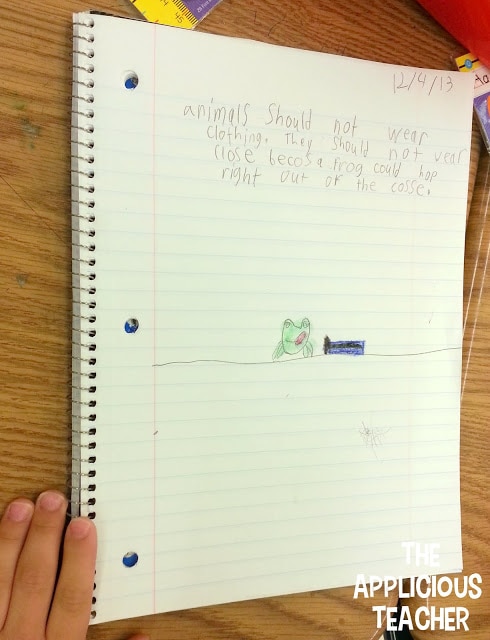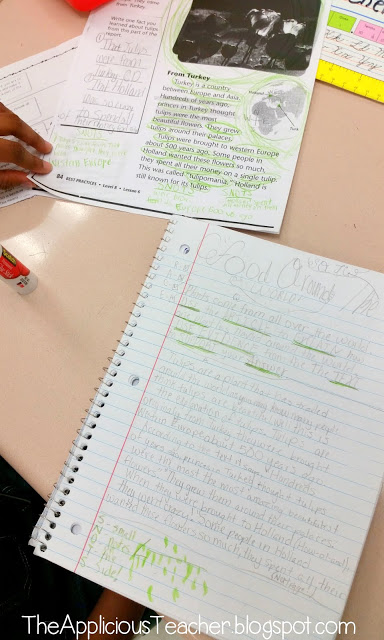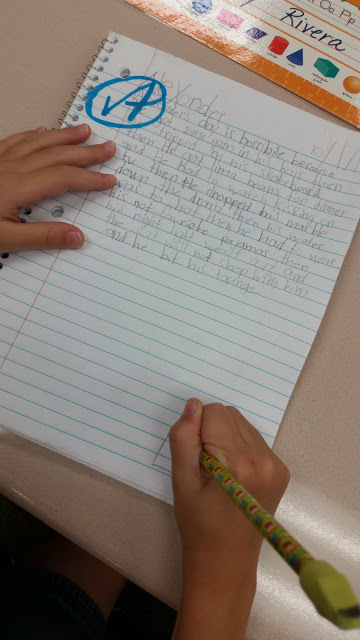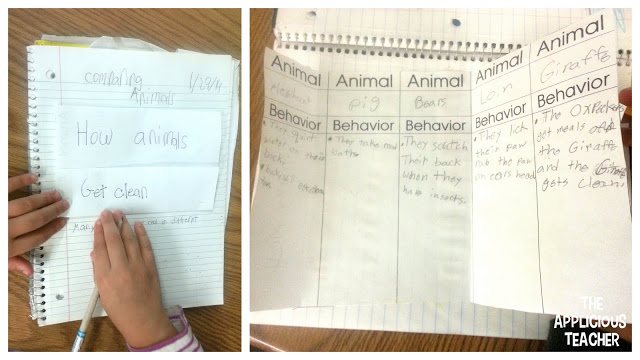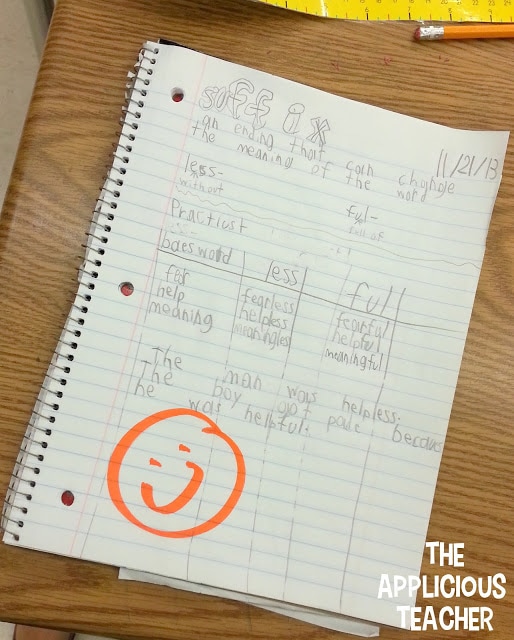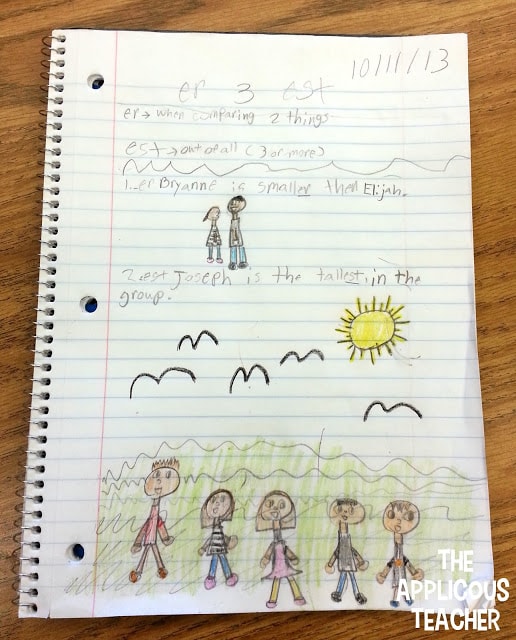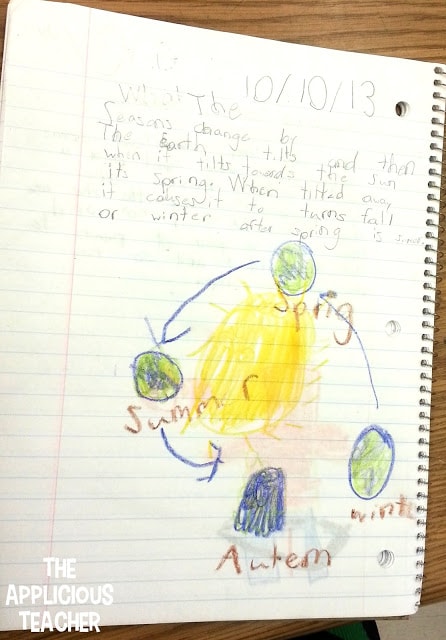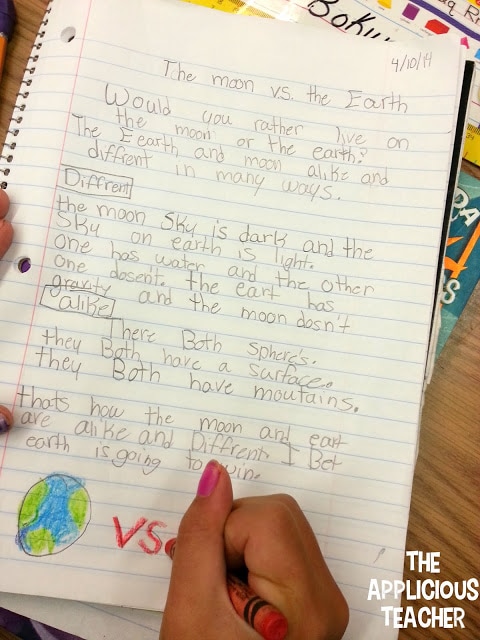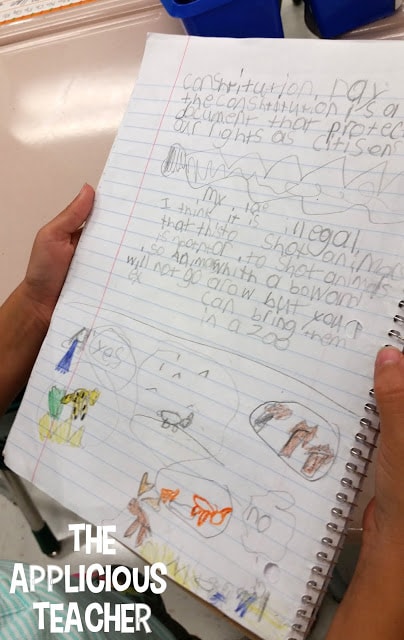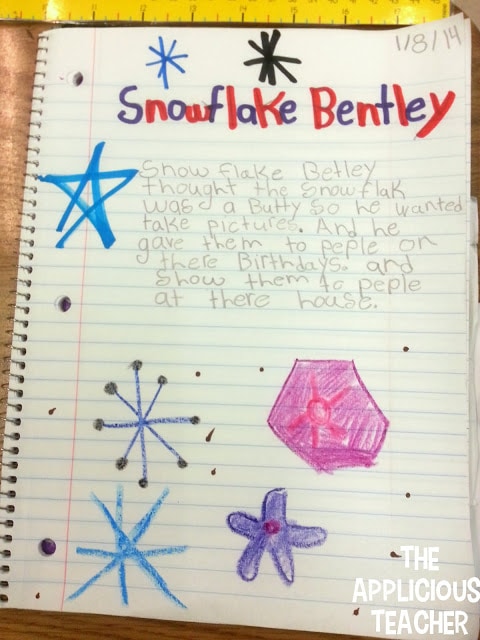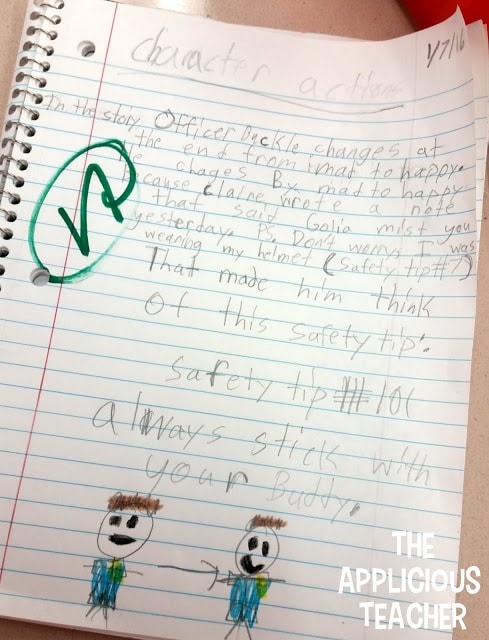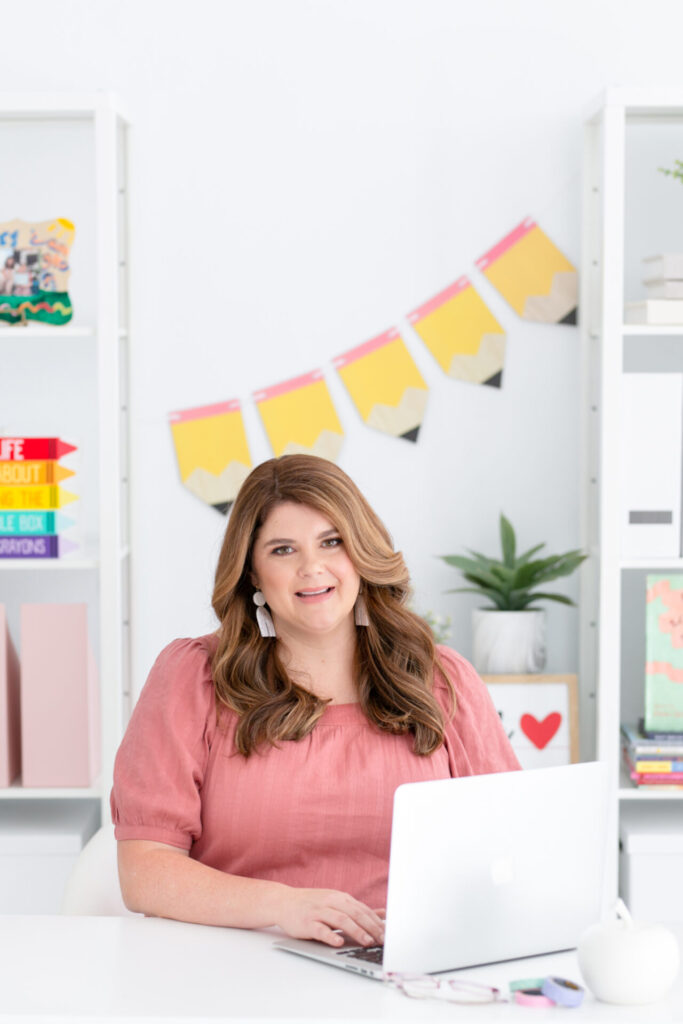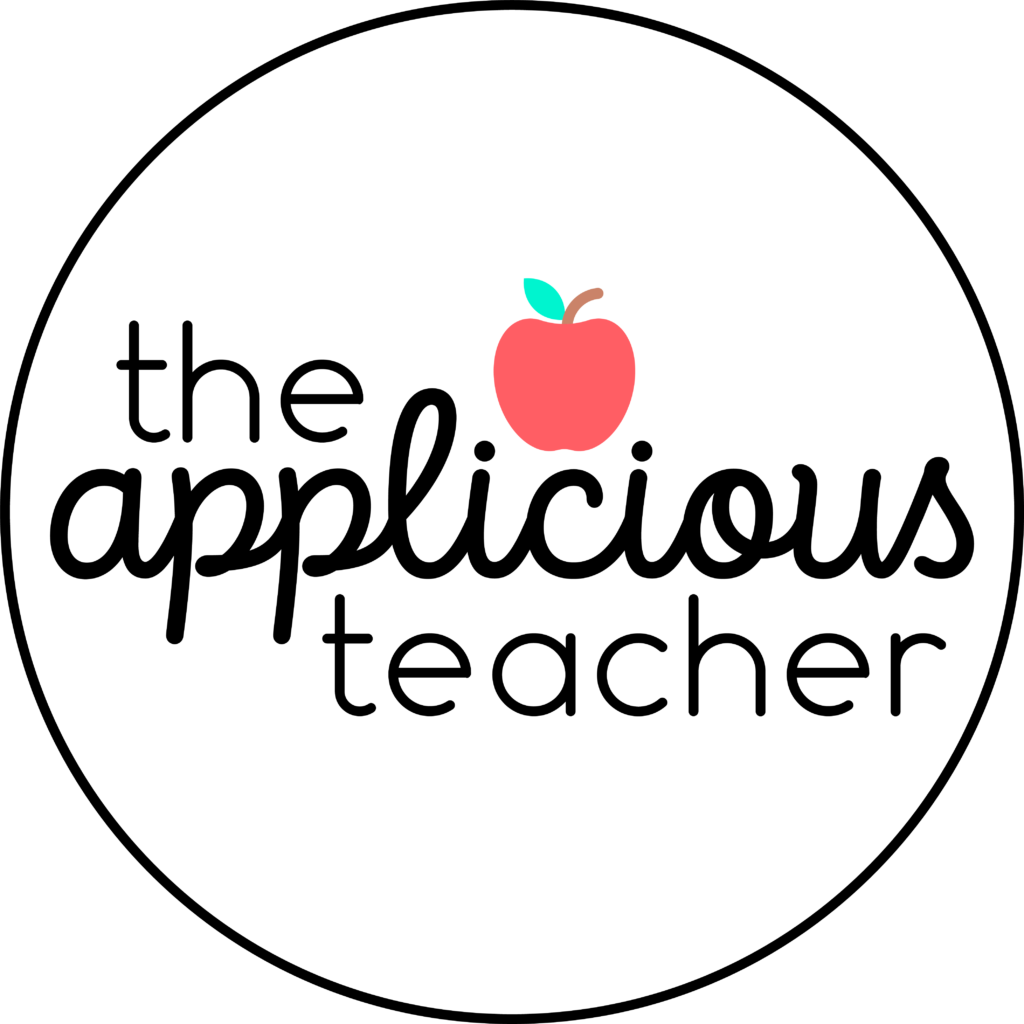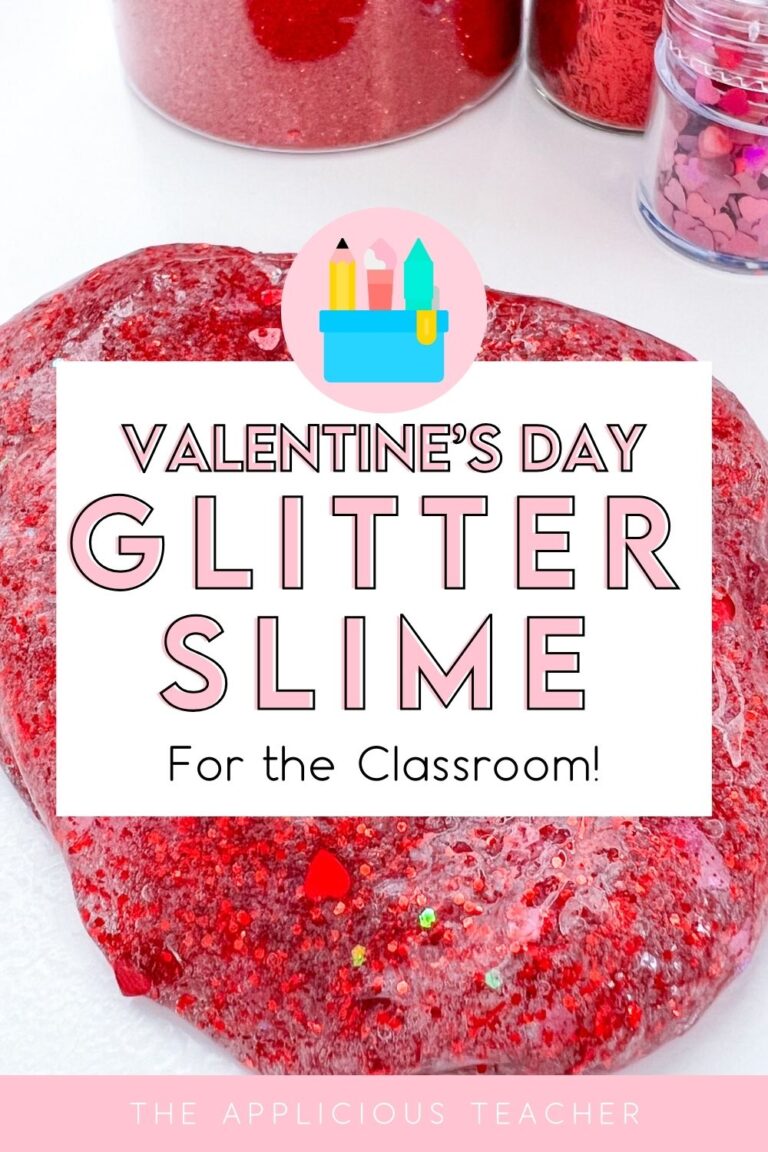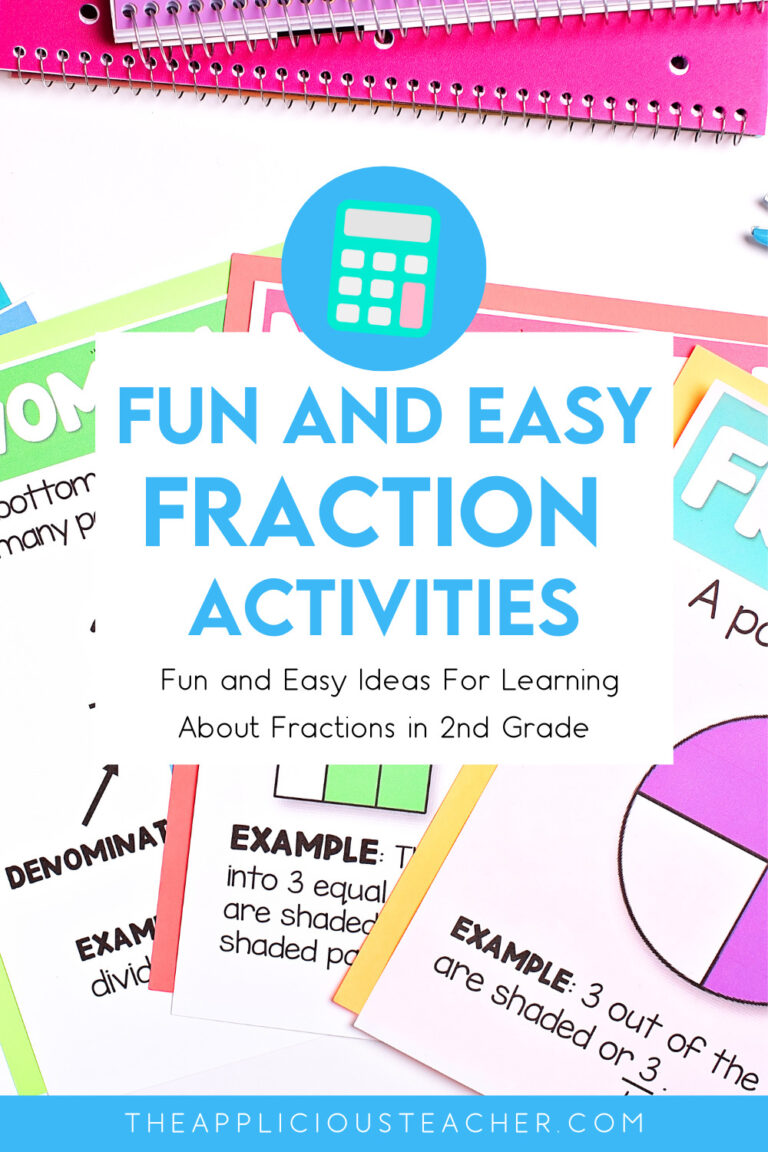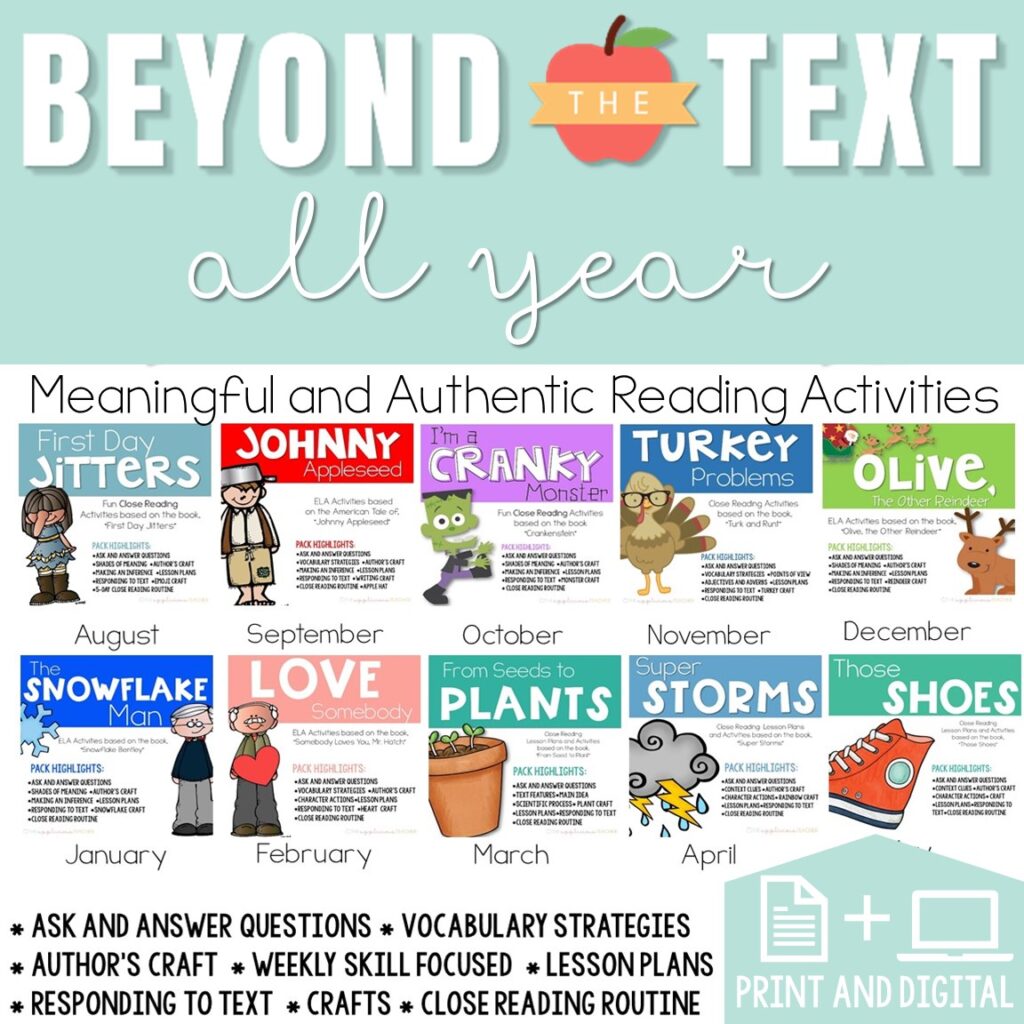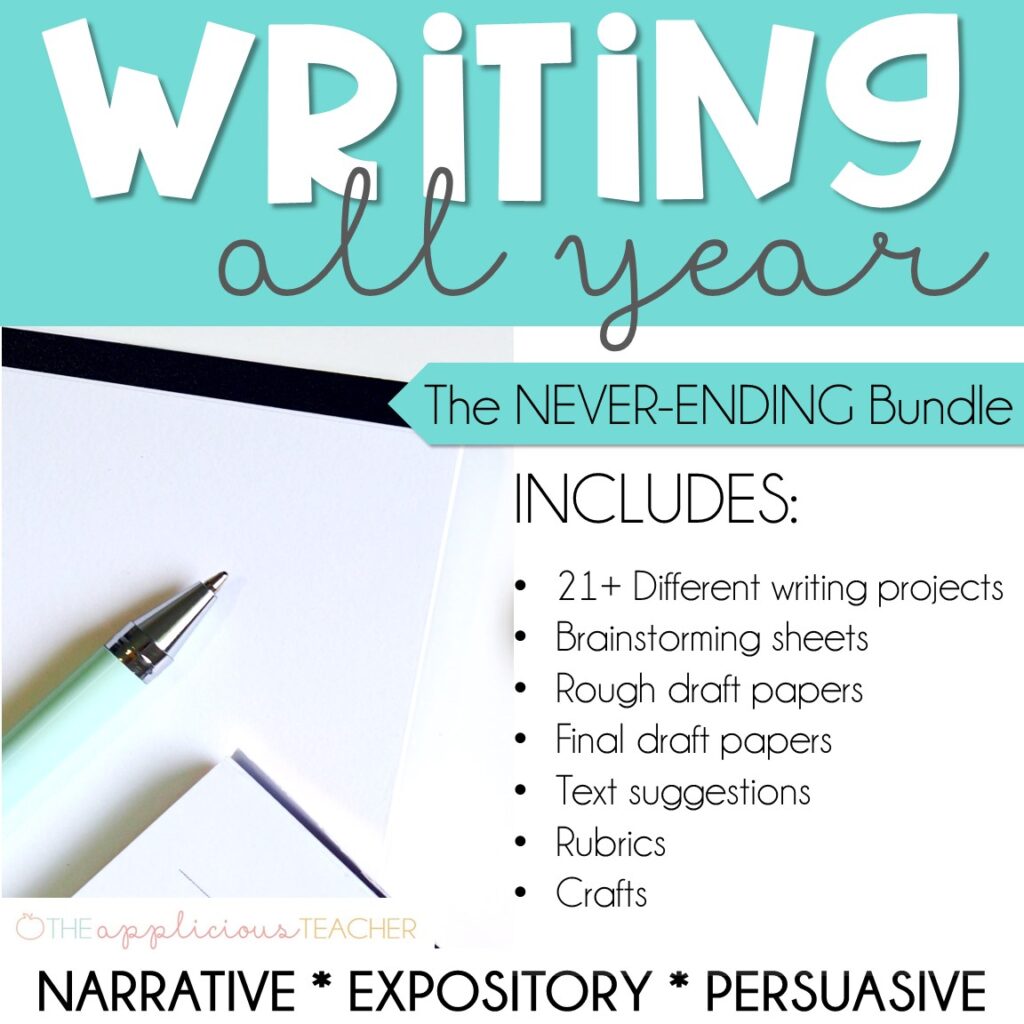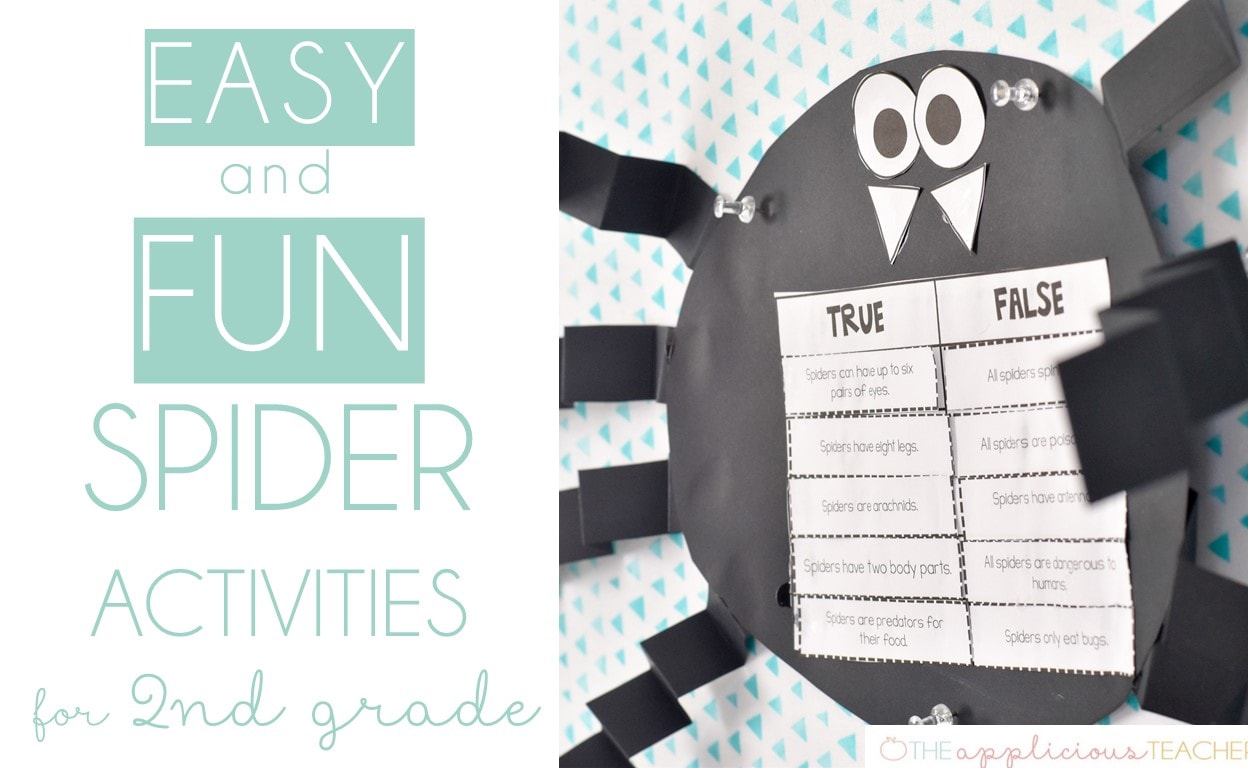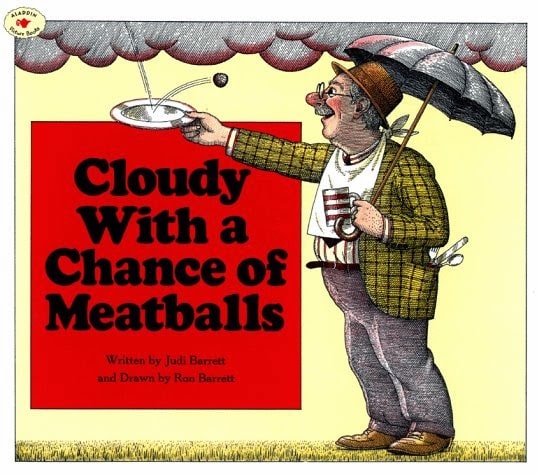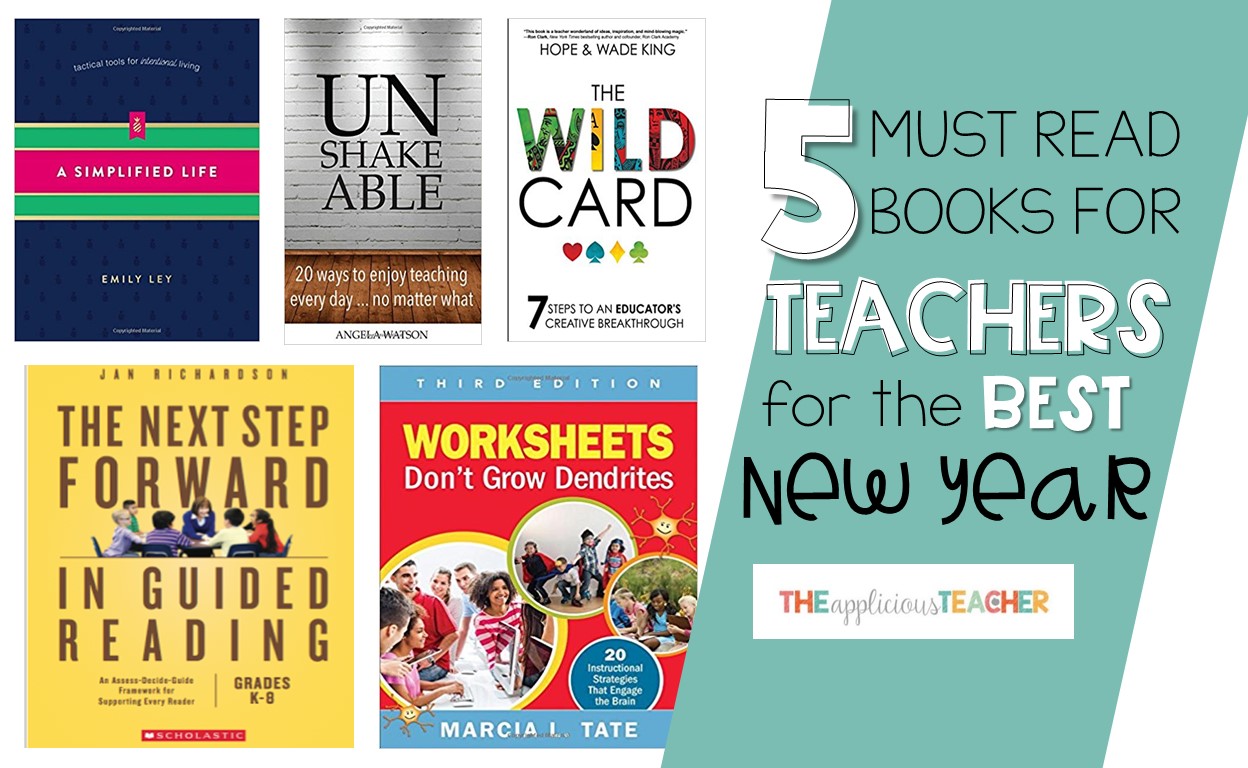Reading Response Journals
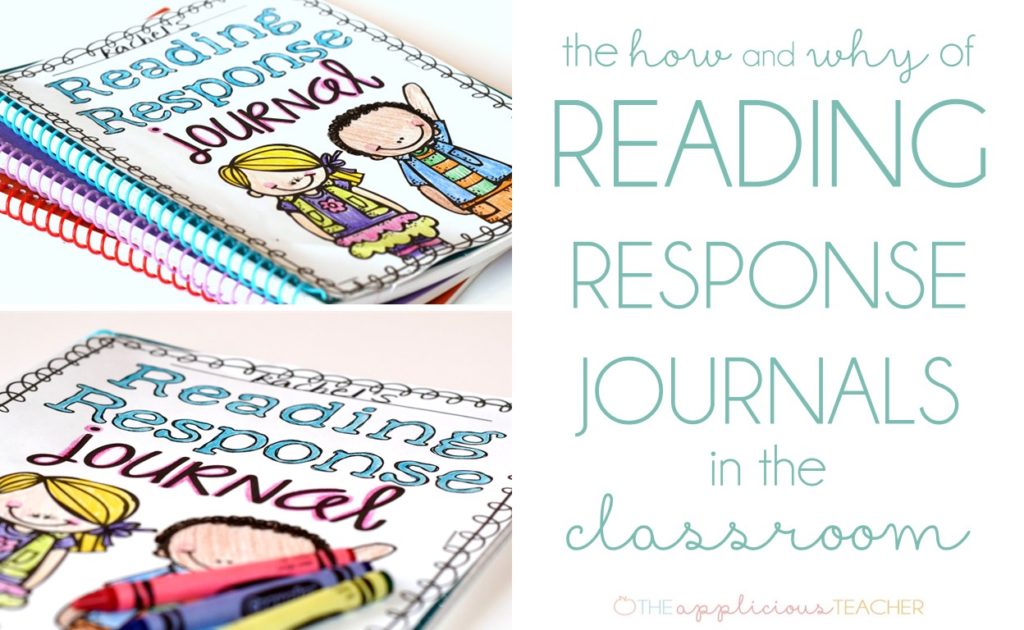
What are Reading Response Journals?
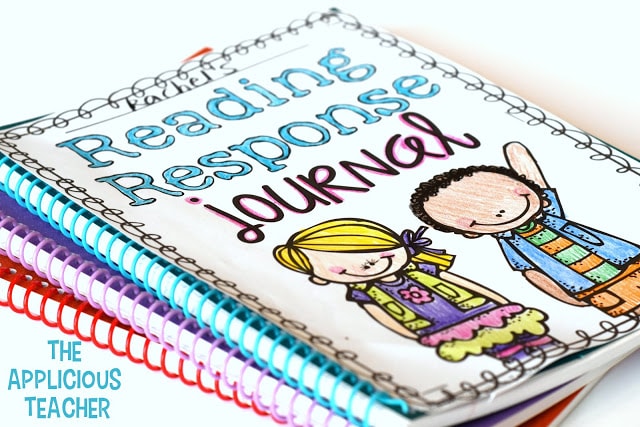
Simply put, a Reading Response Journal is a place for students to write, draw, and share their opinions, ideas, or respond to text we have read in class. There’s nothing fancy about these. They are just cheapy spiral notebooks I buy at BTS time for like 15 cents each.
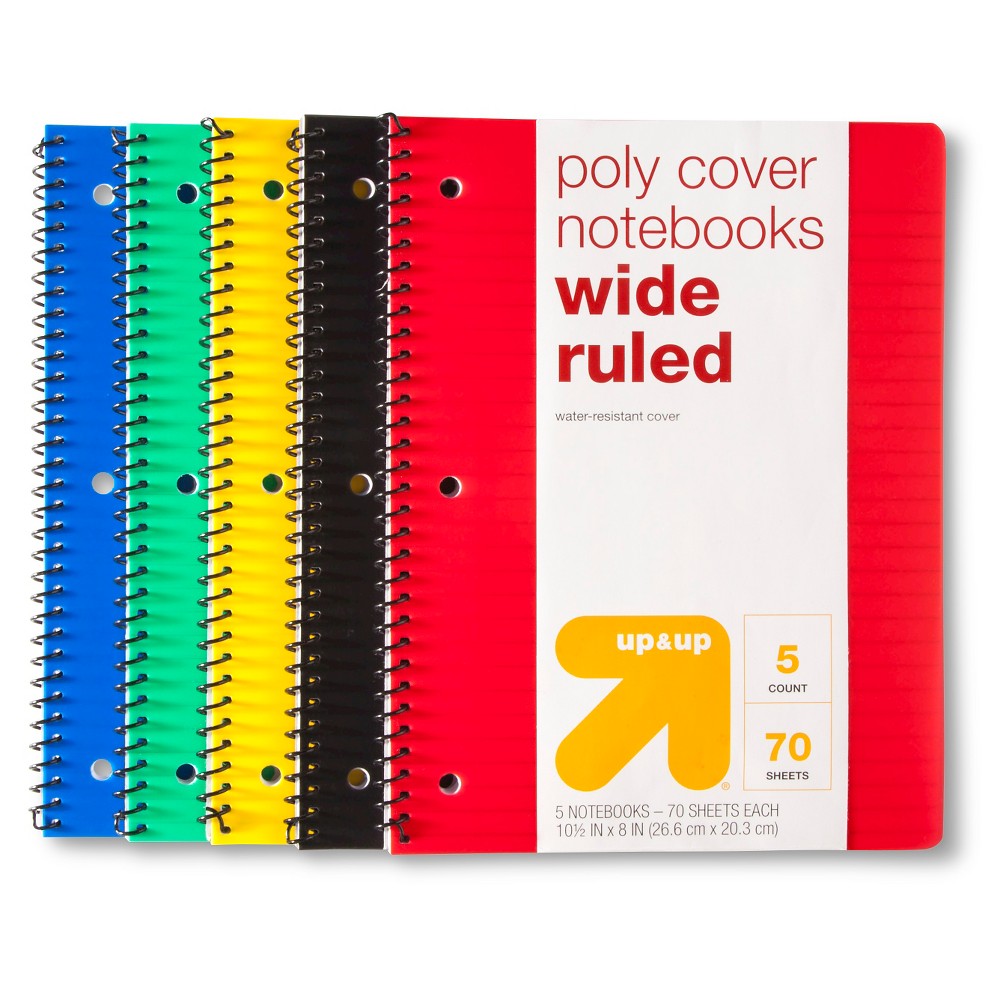
Then, we make a cover and keep them in our desks. You can grab the cover I use for FREE right here.
But let me set you straight on one thing about our Reading Response Journals…They are NOT an Interactive Notebook
Let me repeat that…
- No table of contents.
- No numbered pages.
- Rarely are we cutting and pasting into it.
How Does it Fit into my Routine?
Well, that is the best part of a Reading Response Journal… it’s a chameleon of journals. We use it for quick writes on a specific topic, or as a place to share our learning from particular unit. But most importantly, it is the place where we WRITE ABOUT TEXT. We use them before reading, during reading, and after reading. We also use them during center time, and sometimes we even use them during Science and Social Studies!
(Read more about how we used our RRJ to improve our sentence writing HERE)
How To Use Reading Response Journals in Your Classroom
Here’s a peek at a few ways I’ve used these journals in both second and third grade. (But they’ve also been used in my Kinder and 5th grade rooms!)
For Quick Writes
This is the main reason I started using Reading Response Journals. I wanted a place for students to write down their thoughts quickly… No passing out papers, no big long drawn-out process… just a quick and dirty write-up.
Here, we had just read the story, “Animals Should Definitely NOT Wear Clothing“. This book is perfect for making an inference, but I wanted to engage my kids before we started reading, so I had them tell me why they thought animals shouldn’t wear clothing. This was a simple way to get them thinking without all the hoopla!
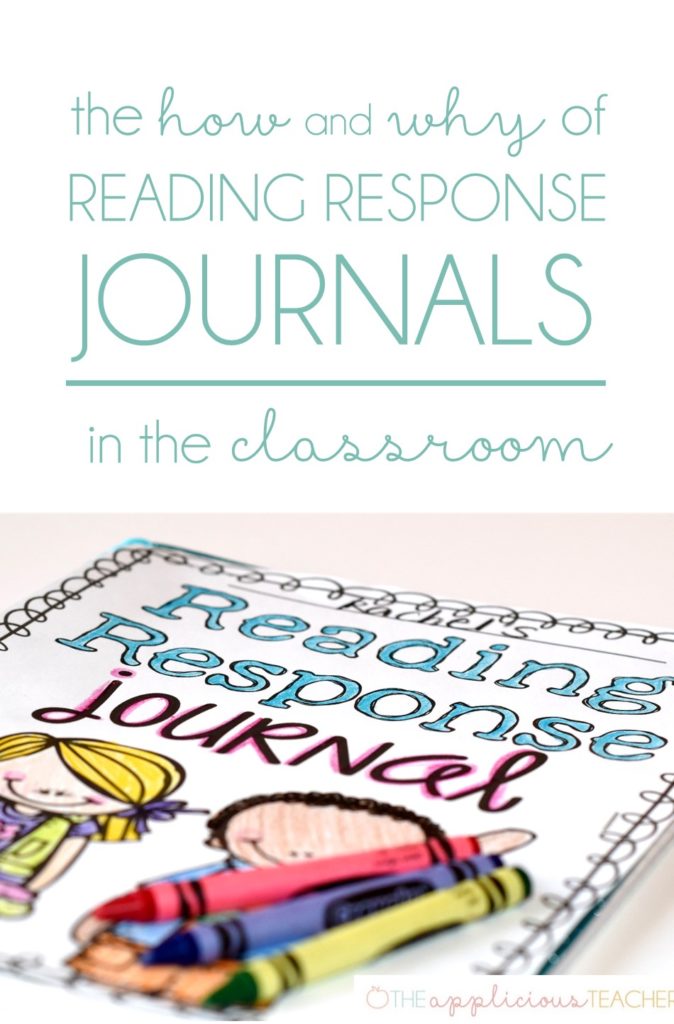
Using a Reading Response Journal For Responding to Text
This is by far how we use our notebooks the most. After reading a text (and possibly SNOTS-ing it up!) We’ll use what we’ve read to write about it.
You can read more about this activity here!
Using a Reading Response Journal For Retelling
Our Reading Response Journals are the perfect place for students to retell a story in their own words.
Note Taking
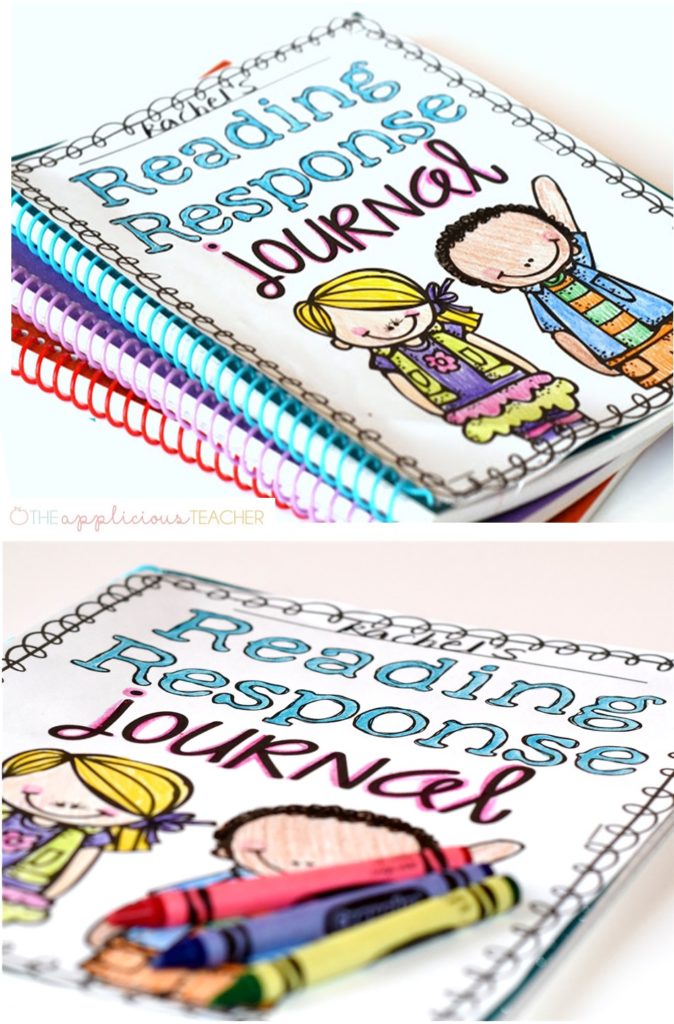 Since our RRJ are always in our desks, they are the ideal spot for us to take notes that can be used later.
Since our RRJ are always in our desks, they are the ideal spot for us to take notes that can be used later.As a Reference
Other Content Areas
We even took some notes on the Constitution after learning more about it on Constitution Day.
How to Grade Reading Response Journals
You know I am the queen of easy. When it comes to grading, I follow the “less is more” mentality. (You can read more about that here)
I’m sure most teachers would say, “Oh I collect their notebooks every week to check and correct every single page we’ve done..” And you know what? Maybe you are that teacher and all I have to say is: ” good for you!” But for me, the LAST thing I need is another thing to grade or collect!
That’s why checking my student’s Reading Response Journals is always done on the fly. If I am spot-checking their work, I’ll usually just put a star on the page that says, “hey- I saw this”.
If I’m looking for something in particular, as students finish their writings, I’ll go around and check what they’ve written.
Here we had documented how Officer Buckle reacts to different events in the story, “Officer Buckle and Gloria”. A check plus means they’ve got it!
As I check over student’s work, I can easily see who’s met the objective and who still needs coaching. This allows me to reteach and provide immediate feedback as needed. No need to lug home tons of notebooks for review.
Ain’t nobody got time for dat!
I also use the information I can gather from their responses to form my small group lessons later in the week. The class struggled with finding the main idea of a paragraph? Looks like I can cover that in my small group.
Reading Response Journals Done for You!
Want to press the easy button on Reading Response Journals in your classroom? Check out this amazing bundle full of 202 Reading Response Journal Prompts, perfect for implementing this comprehension-building routine in your classroom.
So, those are the ins and outs of my FAVORITE routine. Do you have your students keep a Reading Response Journal? If so, please tell me what you have them write!
